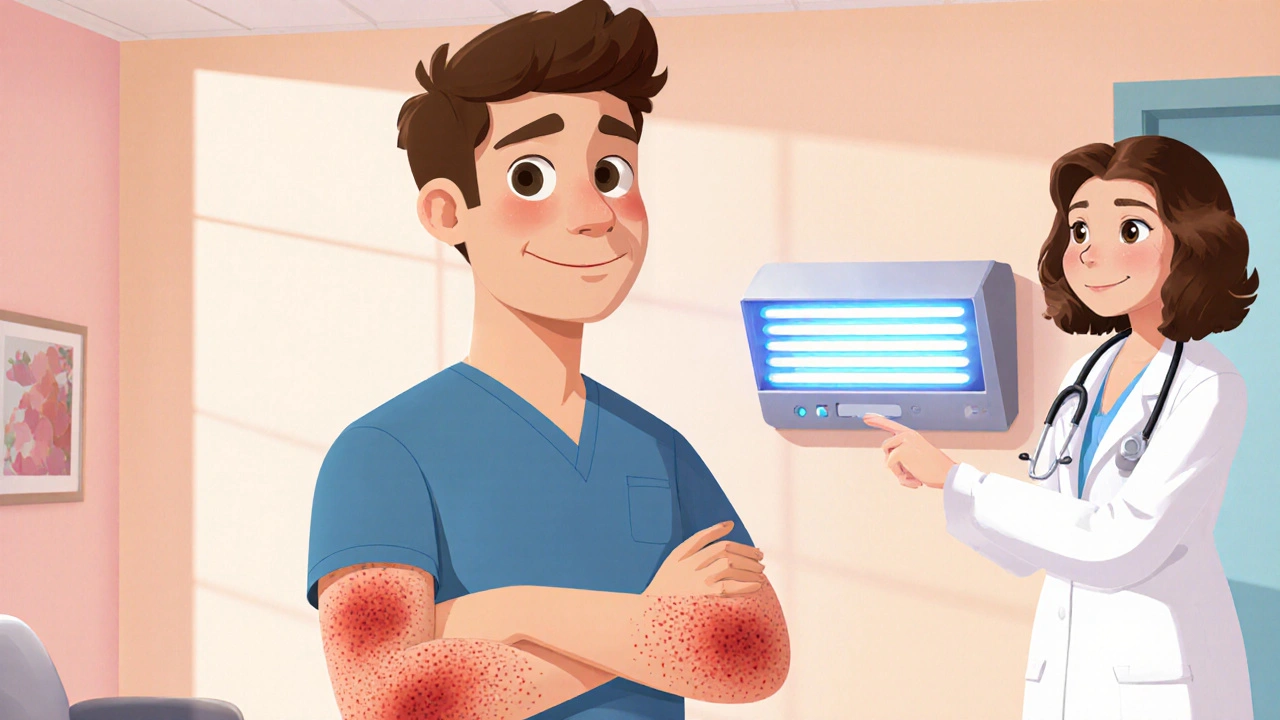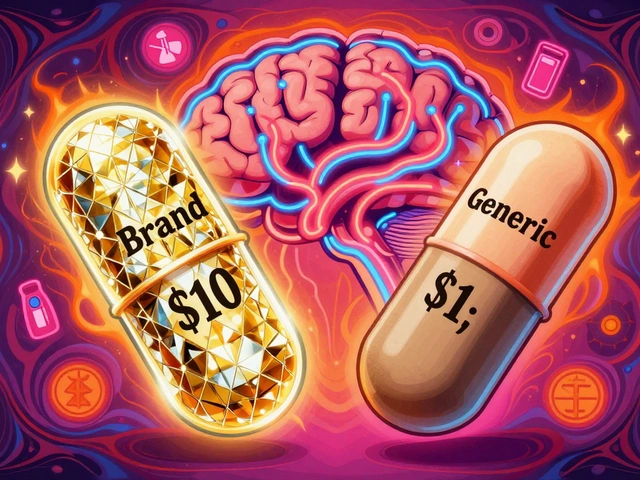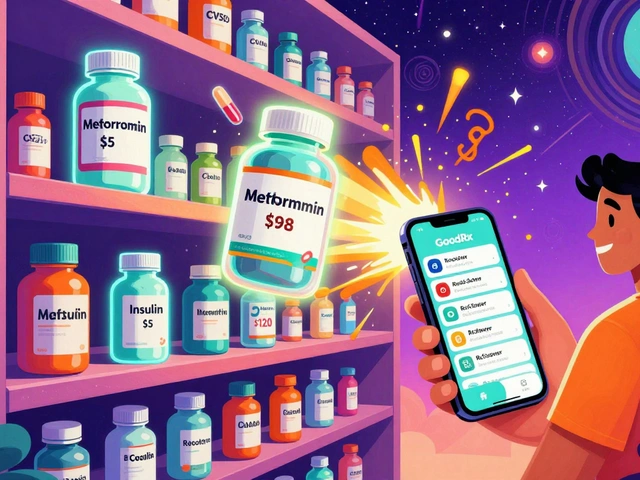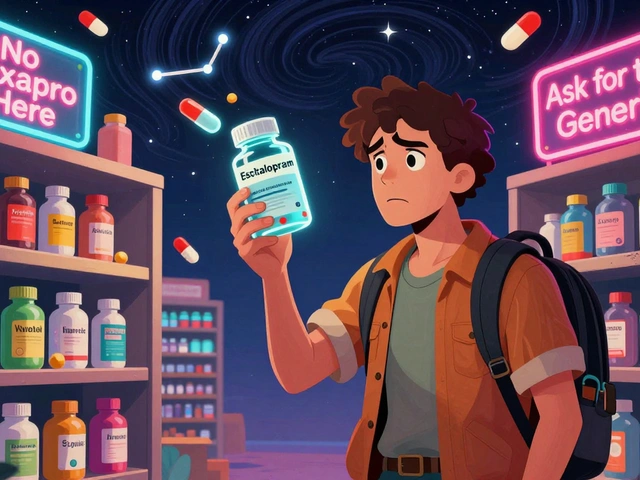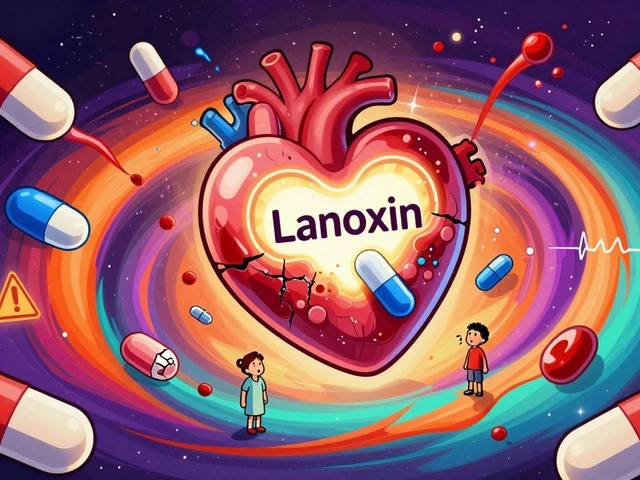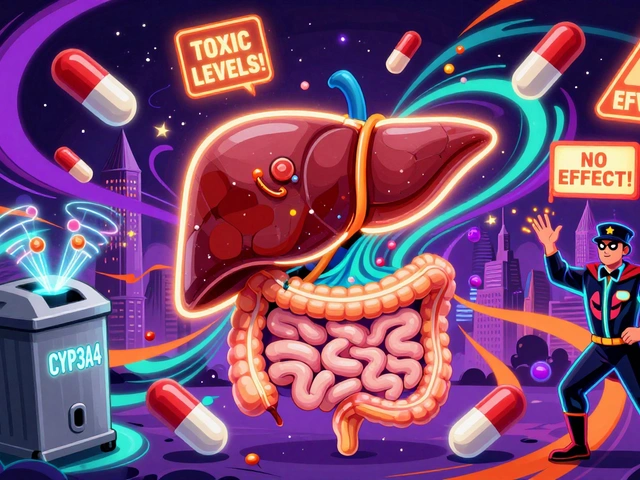UVB Phototherapy: What It Is and Why It Works
When dealing with skin disorders, UVB phototherapy, a treatment that uses ultraviolet B light to slow skin cell growth and reduce inflammation. Also called narrowband UVB therapy, it’s a mainstay in modern dermatology. Psoriasis and vitiligo are two of the most common conditions where doctors turn to this light‑based approach. The therapy works because UVB wavelengths (usually 311–313 nm for narrowband) penetrate the epidermis, alter DNA transcription, and trigger immune modulation. In simple terms, it tells over‑active skin cells to calm down. This connection—UVB phototherapy → skin‑cell regulation—creates a reliable pathway for symptom relief.
How UVB Phototherapy Fits Into Dermatology Practice
In the clinic, dermatology specialists schedule UVB sessions multiple times a week, adjusting dosage based on skin type and disease severity. The equipment can deliver either narrowband UVB or broadband UVB, but the former is preferred for its higher efficacy and lower risk of burns. A typical regimen starts with a low dose, then gradually increases—a process that embodies the semantic triple: UVB phototherapy **requires** dose escalation **to achieve** therapeutic benefit. Patients often notice improvement after 6‑12 treatments, and long‑term remission can last months. Because the therapy targets only the skin surface, systemic side effects are minimal compared with oral medications.
Beyond psoriasis and vitiligo, UVB phototherapy is useful for eczema, cutaneous T‑cell lymphoma, and even stubborn warts. The common thread is an immune‑driven skin problem that responds to UV‑induced apoptosis of problematic cells. Research from 2022 showed a 70% clearance rate in moderate plaque psoriasis after 20 narrowband sessions, underscoring the real‑world impact. Another semantic triple: UVB phototherapy **enables** clinicians **to manage** diverse dermatologic conditions. The therapy’s flexibility—adjustable wavelengths, session frequency, and home‑unit options—means it can be tailored to individual needs, whether you’re a teenager with early‑onset psoriasis or an adult coping with vitiligo patches.
When you’re ready to explore the details, the collection below breaks down each aspect of the treatment. You’ll find comparisons of narrowband versus broadband devices, safety tips for home use, and success stories from patients who’ve reclaimed clear skin. UVB phototherapy is more than a light box; it’s a proven, adaptable tool that many dermatologists rely on daily. Dive into the articles to see how the science translates into everyday care and discover actionable steps you can take right now.
Light Therapy Benefits for Plaque Psoriasis Relief
Discover how light therapy eases plaque psoriasis, its types, effectiveness, safety, and practical tips for using clinical or home phototherapy treatments.
